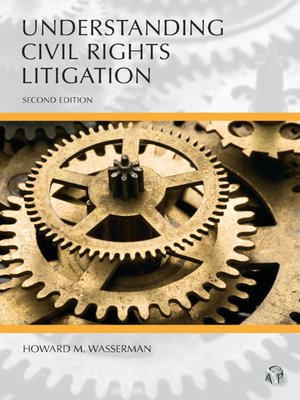Lexis Online Study Aids
Quick Links
Scholar One Search Library catalog
Lexis Access restrictions apply
Westlaw Access restrictions apply
Bloomberg Law Access restrictions apply
Introduction
International human rights law is part of public international law. Researching human rights law can be confusing because:
(1) You have to search for many different types of documents including treaties, customary law, cases, scholarly publications,etc.;
(2) Materials are not organized in one place; and
(3) You have to search for non-legal materials including country reports.
Human rights approach will support and supplement arguments the U.S. Constitutions do not provide.
This research guide will not cover humanitarian law research, international criminal justice, etc.
1.Definitions: The preamble of the Charter of the United Nations states that “We the peoples of the united Nations are determined … to reaffirm faith in fundamental human rights, in the dignity and worth of the human person, in the equal rights of men and women and of nations large and small.”
1. Human rights can be broadly defined to include civil and political rights, economic, social and cultural rights, etc.
2.“Recognizing and affirming that all human rights derive from the dignity and worth inherent in the human person, and that the human person is the central subject of human rights and fundamental freedoms, and consequently should be the principal beneficiary and should participate actively in the realization of these rights and freedoms.” pp.2. Vienna Declaration and Programme of Action. UN Doc A/CONF.157/23(1993), 25 June 1993, endorsed by GA Res 48/121 of 14 February 1994.
2.Origin of current human rights legal system:
1.The UN Charter: From 1945, “human rights could no longer be characterized as a domestic issue, hidden by the veil of State sovereignty.”
1.Article 1(3): the purposes of the UN, the promotion and encouragement of human rights and fundamental freedoms.
2.Articles 55 and 56: Member States are committed to ‘joint and separate action’ to create ‘conditions of stability and well-being’ across the world, including the promotion of ‘universal respect for and observance of human rights and fundamental freedoms for all without distinction as to race, sex, language, or religion.’
2.Universal Declaration of Human Rights (1948)
1.International Covenant on Economic, Social and Cultural Rights (ICCPR,) International Covenant on Civil and Political Rights (ICESCR) (1966) + UDHR = International Bill of Rights
3.1965 First human rights treaty: CERD, International Convention on the Elimination of all Forms of Racial Discrimination.
4.CESCR, CCPR, CEDAW, CAT, CRC, MWC,etc.
5.Various Institutions to monitor and supervise the implementation of human rights.
Research Strategy
Subject Guide
Get Help
Reference Librarians are available to help you with your research questions.
3rd Floor Law Library at Info Desk


